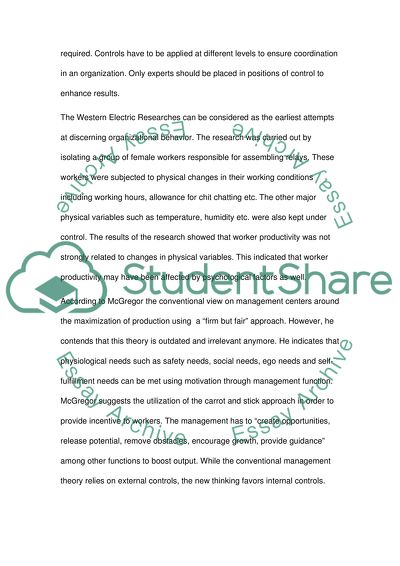Cite this document
(“Theoretical Foundations of Human Relations Essay”, n.d.)
Retrieved from https://studentshare.org/psychology/1451764-theoretical-foundations-of-human-relations
Retrieved from https://studentshare.org/psychology/1451764-theoretical-foundations-of-human-relations
(Theoretical Foundations of Human Relations Essay)
https://studentshare.org/psychology/1451764-theoretical-foundations-of-human-relations.
https://studentshare.org/psychology/1451764-theoretical-foundations-of-human-relations.
“Theoretical Foundations of Human Relations Essay”, n.d. https://studentshare.org/psychology/1451764-theoretical-foundations-of-human-relations.


